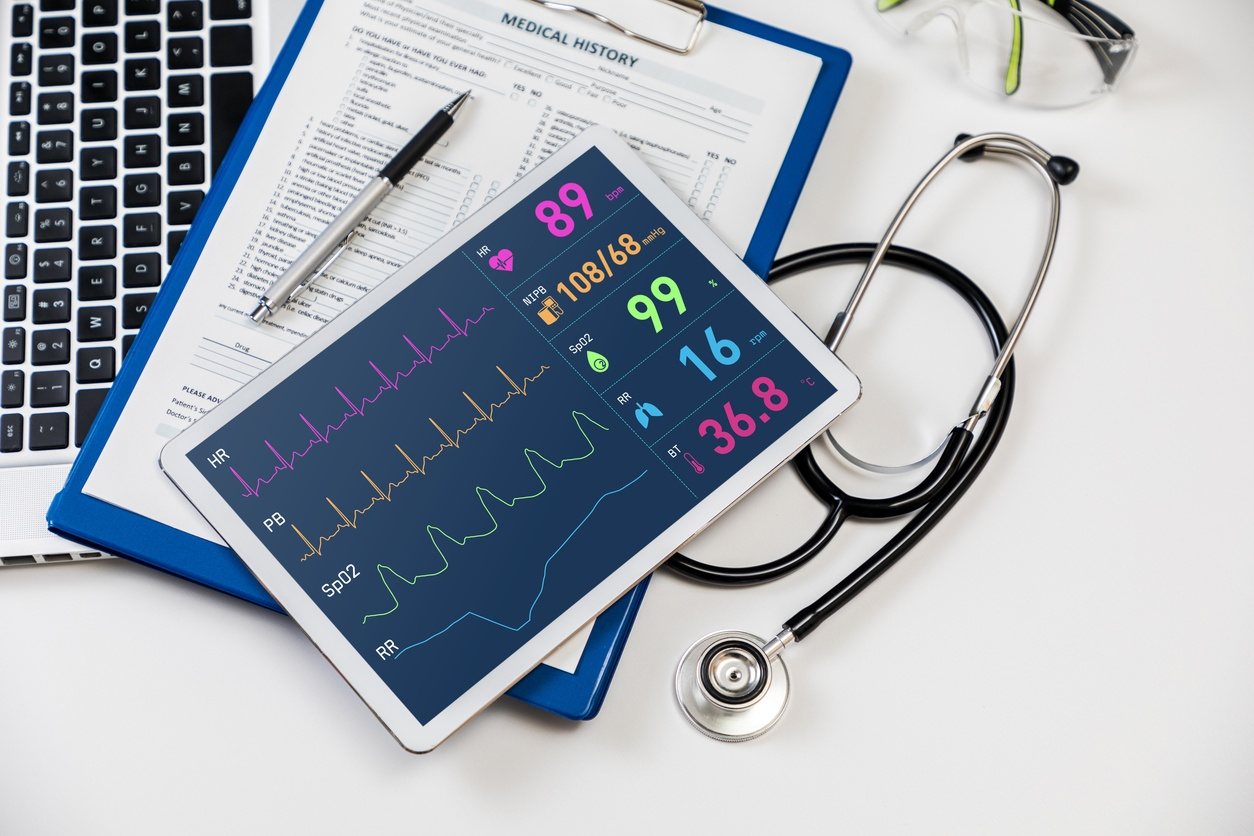More and more clinical trials are making the move to electronic data capturing software and replacing paper records with electronic records. Sponsors, contract research organizations (CROs), and sites have adopted EDC systems to carry out both simple and complex trials in all phases of research. But what is data capture in clinical trials, what are they used for and what are the different types of data capturing? Let’s take a look.
Table of Contents
What is Data Capturing in Clinical Trials?
In its simplest form, electronic data capture is a computerized system that has been designed for the collection of clinical data in electronic format for use mainly in human clinical trials. Data-capturing solutions are mainly adopted by pharmaceutical companies and contract research organizations.
What is Data Capturing Used for?
The main purpose of data capturing is to be able to transform information from all sources into a format that computers can understand. The data gathered will reveal valuable insights about the organization, staff, and patients. If data capturing is done correctly, it will allow staff to store, organize, search, and retrieve documents in record time.
The Types of Data Capturing in Clinical Trials
There are different types of data capturing that can be used in clinical trials and a lot of them have their advantages and disadvantages. Let us have a look at the different types of data capturing that can be used:
- Paper Case Report Forms: This is a traditional way of capturing data and is designed for handwritten data. They are very cheap to produce and create. They allow for direct copies and faxing. The staff can carry the case report forms wherever it is needed and never have to worry about remembering difficult and long passwords. Unfortunately storing space can become an issue as there is a lot of paperwork and mistakes are easily made and missed.
- Electronic Case Report Forms: This is one of the most popular methods. This method is complicated and there are very strict regulations put in place. Every single bit of data that is entered must be traceable. It is crucial that only authorized persons have access to the program and to the data. Data backups must occur regularly and automatically. Staff must have proper training and have access to the internet and computers. This method allows data to be available immediately and errors can be noted and fixed immediately. The drawbacks however are that benefits will only be seen in the long term and technical issues and security risks can still occur.
- Direct Data Capture: These data are directly generated by electronic devices and entered into the database by using Central image reading, Laboratory data, and electronic patient questionnaires.
- Patient-Reported Outcomes and Electronic Captured Patient-Reported Outcomes: It is used for all data that are directly provided by patients and includes all types of questionnaires and diaries. This can be recorded on paper or by using electronic systems which provide data of high quality and it can allow staff to give their full attention to the patients and not stress about filling in data. Staff can also jump in and assist if anything goes wrong. However, there are some drawbacks. Not all patients are familiar with how modern technology works and also there can be failures in the electronic equipment.
The Future of Data Capturing
Data Capture is a critical and valuable tool for organizations that wants to be efficient and have valuable information at their fingertips. Technology is getting better and better each day which makes data capturing easier and more efficient. This is because of the integration of advanced cognitive technologies such as AI and ML. The integration of sophisticated cognitive technologies such as AI and ML is the future of cognitive data capture. The more artificial intelligence capabilities that are integrated, the higher the quality of data.
In healthcare particularly, many smart applications offer predictive analysis for prognoses and treatments of patients. While these programs are becoming progressively more intelligent, they could be made even more accurate by applying increased intelligence gathered from human data.
Final Words
The effect that data capturing has on clinical trials and businesses, in general, is astonishing. It allows a huge amount of data to be stored that can be used to make important breakthroughs and advances in the clinical field. But no matter how the data is actually captured in clinical trials, the keyword is quality. If the data capturing is not of high quality, the outcome can be catastrophic. The highest quality data must be evaluated and analyzed in great depth, it must allow valid conclusions to be drawn, make sense and be easy to understand. It should always be consistent and provide better clarity.











